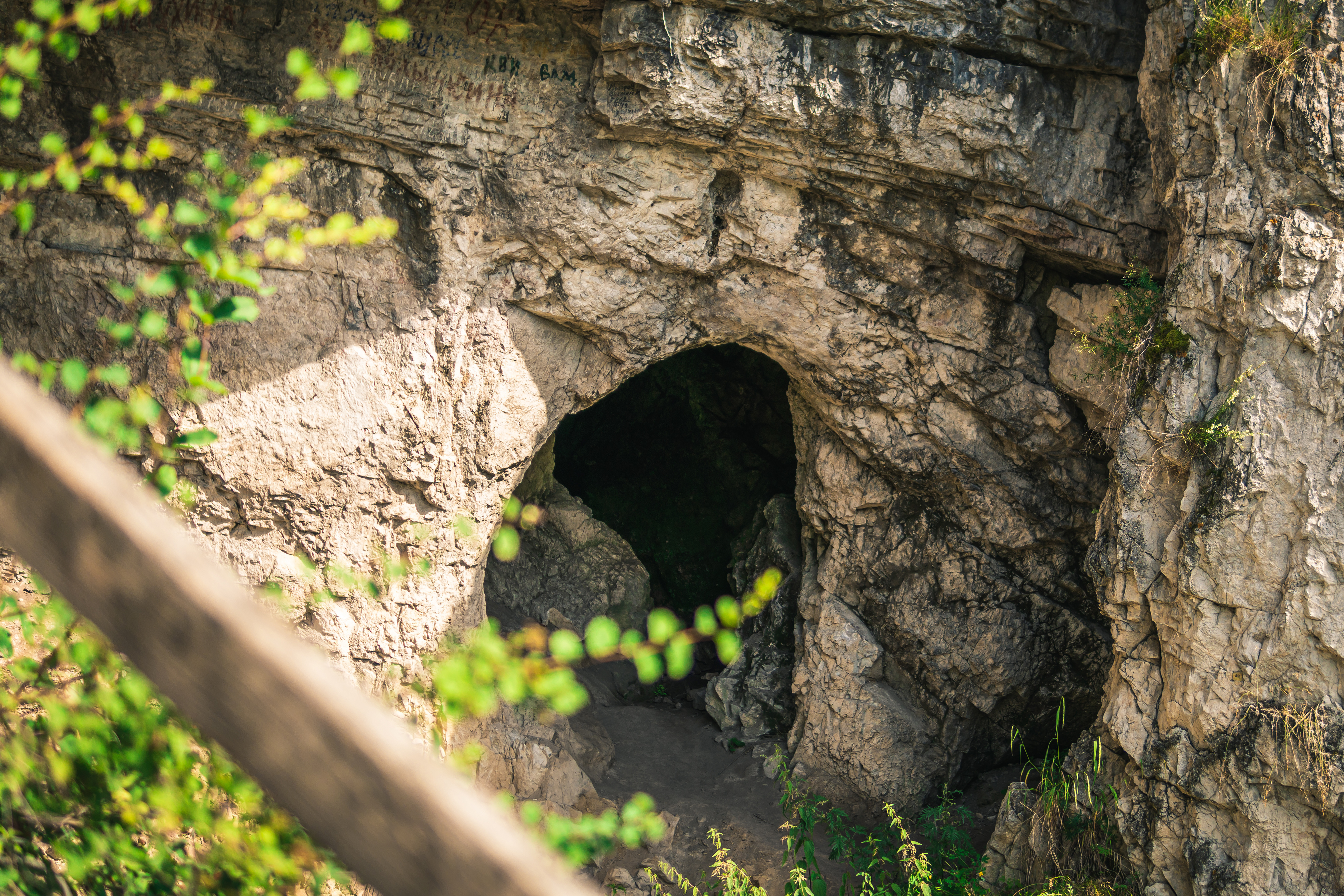
I'm sure you've been to a museum where an ancient artifact caught your eye and inspired your imagination...
Who did this artifact belong to? What was their life like? These are questions born out of the curiosity that brought us to the museum in the first place.
Bones, pots, and ancient jewelry pieces are physical echoes of our ancestors' lives. They whisper stories of cultures long gone, of traditions passed down through generations. Yet, the people who carried, crafted, or used these objects have remained largely anonymous, their identities blurred by the millennia.
Fortunately, cutting edge advancements in ancient DNA analysis continues to unlock some of these long lost stories, effectively giving a face to otherwise nameless individuals of the past.
The Limitations of Traditional Archaeology and the Promise of Genetic Analysis
Traditional archaeological methods have always been crucial in piecing together our understanding of human history. The collections of artifacts unearthed give us clues to the cultures of past societies. In some cases, such as the ancient Egyptians and Greeks, we can piece together religious beliefs and entire stories.
The advancement of genetic science now offers a new avenue of exploration. DNA, the blueprint of life, carries detailed information about the individual it belongs to. By studying the DNA from ancient remains, we can gain a more personalized view of history.
Even better: DNA can now be extracted from ancient artifacts as well without damaging the artifacts. A recent study, published in Nature, accomplished this very feat. Scientists successfully employed a non-destructive method of DNA extraction to analyze the DNA of a woman from the Stone Age.
The Science Behind Non-Destructive DNA Extraction
The ancient artifact in question (this time) was a deer tooth that a woman wore as a pendant. She lived roughly 19,000 to 25,000 years ago.
Bones and teeth are generally porous in nature. This means there are many small holes for liquids and other substances to travel through, even if you can't see them. Given this feature, it's quite easy for sweat, blood, saliva, or other bodily fluids to seep into the material when an individual handles it. These fluids carry the individual's DNA, leaving a genetic mark on the artifact.
The researchers from the Max Planck Institute developed an innovative DNA isolation technique using a sodium phosphate buffer, a compound known to preserve DNA. This buffer is carefully applied to the artifact, and then, through a series of temperature-controlled incubations, the DNA is gradually released. The process is akin to a gentle coaxing, teasing out the genetic material without causing damage.
The beauty of this method lies in its respect for the artifact. The surface features remain intact, preserving the object's historical and cultural value while gifting us a glimpse into the lives of the people who crafted or wore it.
Tales from the Tooth: A Piece of Ancient Siberian History
This groundbreaking method was applied to the deer tooth pendant mentioned, which was discovered in Denisova Cave (pictured above). This artifact, crafted thousands of years ago, was about to reveal a tale spanning millennia.
The results were astounding. Along with identifying the species of the animal from which the tooth came, the scientists were able to recover human DNA. Researchers confirmed that the human DNA was ancient, indicating that it belonged to the person who wore the pendant rather than being a result of modern contamination, such as a researcher handling it.
The genetic analysis suggested that the pendant's maker or wearer was a woman with genetic ties to Ancient North Eurasians—a group known to exist in Siberia around the same time. This is the first evidence of their presence in the Denisova Cave region, a discovery that adds a new layer to our understanding of human migration patterns during that era.
What's more: the individual has genetic ties to Native American peoples.
Implications on the Past, Present, and Future of DNA Research
The next time you visit a museum and gaze upon an ancient artifact, remember that it might hold more than just historical significance.
It could potentially tell a personal story, thanks to the magic of DNA. The science of the past is becoming increasingly personal, and the line between 'then' and 'now' is growing ever more blurred.
The discovery of ancient DNA in the deer tooth pendant is not just a breakthrough in the field of archaeology; it's a testament to the tenacity of life. DNA, the code of life, has endured through thousands of years, waiting to tell its story.
As we look forward to the future of DNA research, we continue to unlock the past. The stories waiting to be told are countless. As this study shows, even the smallest pendant can whisper the tales of millennia.